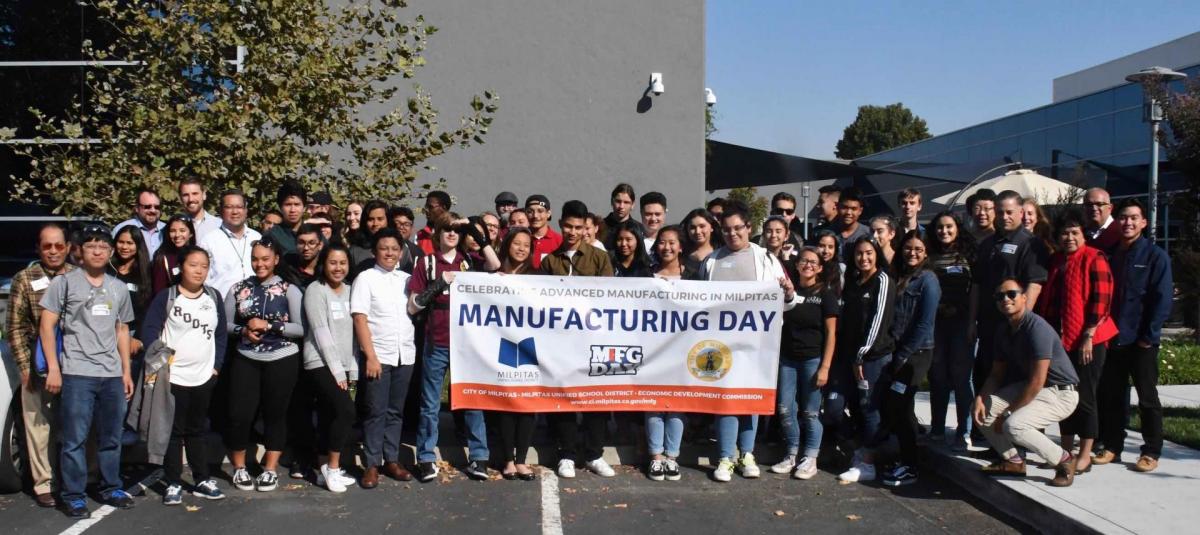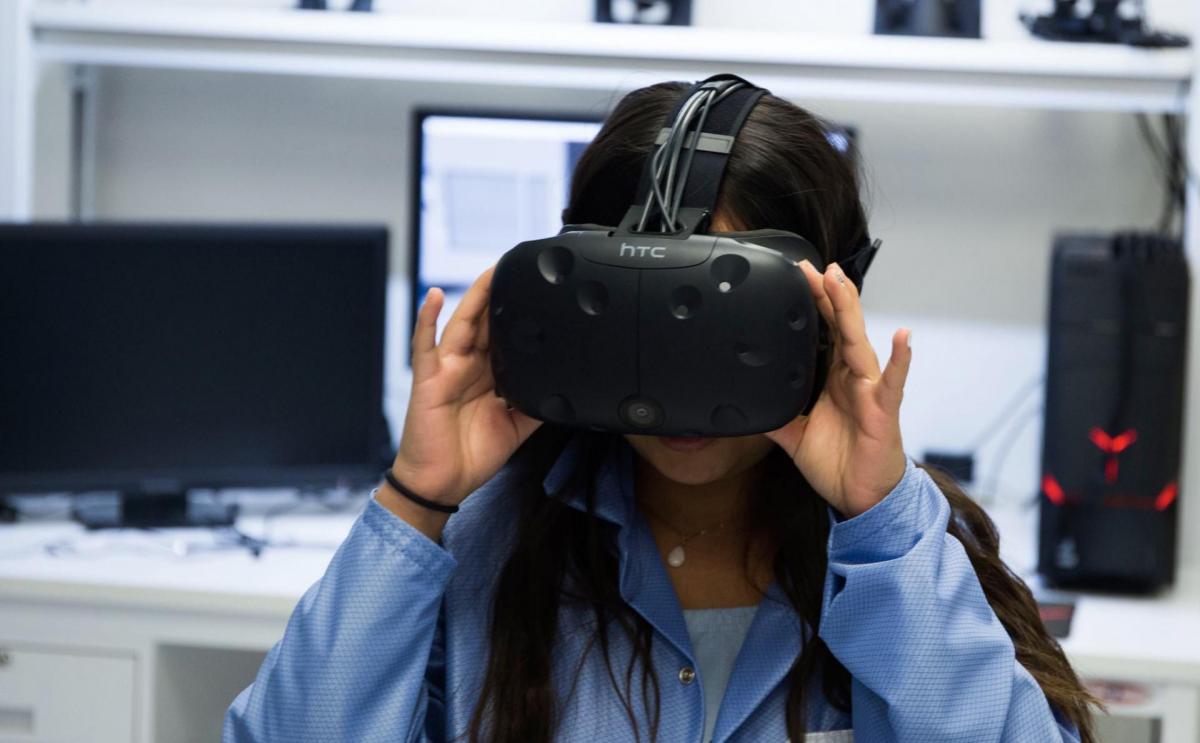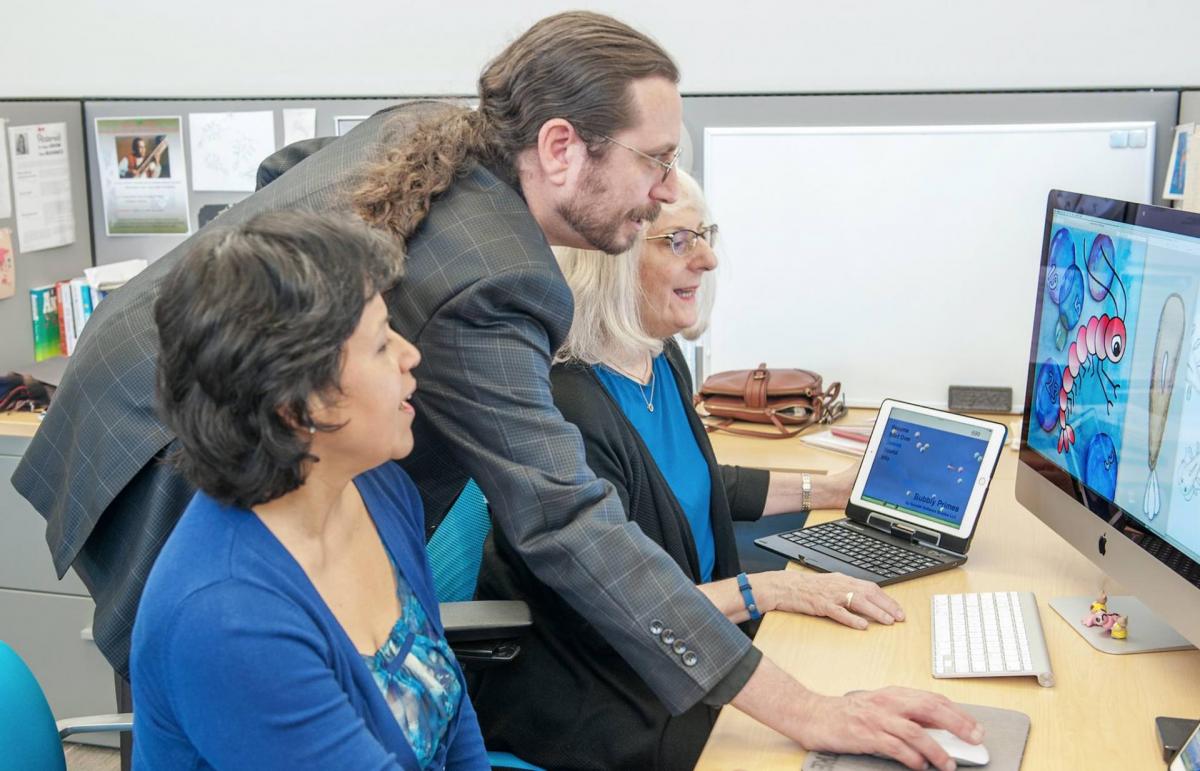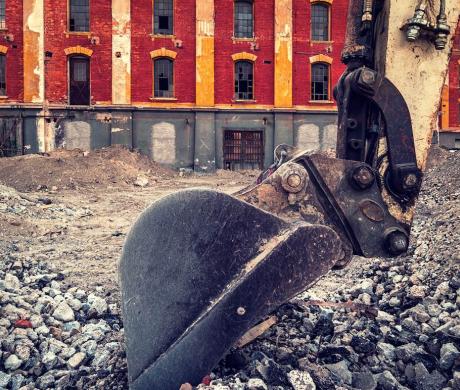New Approaches Build Local Economies
Virtually every essential community service that enhances the quality of life in our cities — from public safety to infrastructure, parks, recreation, and more — depends on a vigorous local economy that supports a robust tax base and generates municipal revenues.
Attracting new businesses, retaining employers, and providing opportunities for a skilled workforce are essential to fostering a healthy economy in our cities. This month, Western City takes a look at some inspiring examples of the diverse approaches, programs, and tools that California cities are using to help support economic development and thriving communities.
Regional Collaboration Yields Positive Results
Although cities historically competed for employers and businesses, newer models of regional collaboration and cooperative efforts are delivering positive results. In the Town of Yountville, where I serve as mayor, our elected leaders have tapped into a regional endeavor. The Workforce Alliance of the North Bay serves communities in Lake, Napa, Marin, and Mendocino counties. By focusing on development and training for workers through employment services, training initiatives, and career centers, the alliance helps to build a labor pool that can meet the needs of local employers. It works with businesses to identify job skills needed in key growth industries and collaborates with educational institutions to offer career tracks that meet employers’ needs. The alliance also provides labor market data, including demographics and wages, along with information on the region’s priority sectors: health care, biotechnology and life sciences, manufacturing, hospitality, and tourism.
The Workforce Alliance of the North Bay is one of 45 local workforce development boards statewide that are part of the California Workforce Development Board (cwdb.ca.gov). These local boards implement regional and local plans that align partnerships with education, business, and community organizations to expand vocational training, career opportunities, and economic mobility.
All 34 cities in Orange County participate in the Orange County Economic Development Working Group, which includes representatives of local, state, and federal public agencies. This collaborative effort, launched in 2013, is featured in the article “Build Economic Development Momentum With Tools, Teams, and Tactics.”
Workforce and Job Development at the City Level
Cities also engage in individual workforce development programs. The City of Milpitas recognized the difficulties that local manufacturers were experiencing in attracting qualified young people and, in 2016, launched the Milpitas Workforce Development Initiative to connect youths with local manufacturing and well-paying jobs. The city partners with the local school district, a community college, and area manufacturers to conduct programs that introduce students to high-paying careers in advanced manufacturing. The partners provide support and funding for the initiative, which helps to minimize the city’s costs associated with the program. Milpitas spent less than $2,300 in 2019 to support the initiative.
The City of Santa Clarita uses a different approach to support job growth. It partnered with a community college and a business development center to launch a business incubator program in 2014. The city provided space in a municipal building, and local businesses donated services to support the needs of fledgling enterprises. The program has created 24 jobs and supported nine new businesses. Santa Clarita’s costs are $2,550 annually to underwrite the business incubator program.
Cities also facilitate connecting residents with job opportunities in local government, which makes up more than 10 percent of jobs statewide. Many cities are grappling with a lack of qualified candidates, and “Filling the Workforce Pipeline: Targeted Solutions Address Critical Needs” examines strategies, such as apprenticeships, that are proving effective in Coalinga and other communities.
These are just a few examples of creative ways in which cities support workforce development and boost their local economies.
Changes Drive Innovation in Business
Business in California has evolved from its historical industrial and manufacturing base to a more service-oriented economy. While many retail businesses have closed their brick-and-mortar stores as online operations have grown, these changes have created new opportunities.
Millennial shoppers spend $600 billion in the United States each year; this is projected to grow to $1.4 trillion annually by the end of 2020. Their preferences are shaping the retail industry and driving it to become more creative. Many millennials still visit stores to evaluate merchandise, leading retailers to offer creative experiences as a value-added amenity. According to Forbes magazine, “ … a number of fitness brands realize the importance of experience, including popular athleisure brand Lululemon, which offers complimentary in-store fitness classes. Stores are evolving into entertainment spots for millennials who share similar interests, allowing them to spend time together, while also enabling consumers to engage with the brand.”
While millennials are driving the shift toward experience-based retail, researchers report that this trend is evident among older populations, too. Consumers are seeking unique and memorable experiences, not only in retail but also in recreation and vacation opportunities — an area where California communities excel.
Capitalizing on Tourism and Unique Local Features
California’s diverse natural beauty and cultural amenities draw visitors and revenue to the state. Travel-related spending in 2018 topped $140 billion, employed 1.2 million people, and generated $11.8 billion in state and local revenue. The article “Tourism Powers Economic Growth in Local Communities” provides a snapshot of how cities from Long Beach to Sacramento are enhancing tourism.
Virtually every city in California hosts special events that promote tourism and the local economy. Festivals are among the most popular events, celebrating the arts, culture, food, and local agricultural produce. Smaller rural cities are no exception. Lodi has a Grape Festival, Ripon hosts an Almond Blossom Festival, Upland celebrates a Lemon Festival, and Courtland’s Pear Fair is a perennial favorite. Each year, dozens of agriculturally themed events showcase local communities statewide.
On the coast, many festivals focus on seafood; examples include the Long Beach Crawfish Festival, the Pismo Beach Clam Festival, and the 10-day Mendocino Crab Feast.
Celebrations centered on the arts and music also are flourishing. The three-day BottleRock Music Festival in Napa Valley encompasses music, food, wine, and craft beers and draws over 120,000 visitors. The Coachella Valley Music and Arts Festival in Indio spans two weekends and also attracts more than 120,000 visitors.
Technology and innovation festivals and conferences are relative newcomers to the array of local celebrations. These events include the California Nonprofit Technology Festival in Fresno and Los Angeles and the Bay Area Science Festival, which features activities that connect 50,000 attendees with the region’s scientists and engineers. In Silicon Valley, the AgTech summit showcases a business accelerator program that links agricultural technology startups with investors and farmers in the Salinas Valley and Central California growing regions.
Festivals and conferences produce spikes of short-term economic benefits by drawing large crowds for brief periods of time. In the long term, how can cities help develop sustainable businesses that will support the local economy and provide jobs?
Jobs, the Environment, and Climate Action
Economic strategies that support local businesses and create jobs include transitioning workers from industries that have cut jobs. Renewable energy sources offer a promising step toward building more resilient and diverse local economies. According to the U.S. Green Building Council, the two largest renewable energy sectors are solar and wind power, with significant growing demand for workers.
In addition to renewable energy, “green” industries encompass water and energy efficiency, green building, sustainable agriculture, and clean vehicle manufacturing. These industries offer ways to build a viable workforce by retraining workers whose jobs have disappeared. To foster green jobs training, local government officials are working with a variety of partners, including community colleges, nonprofit organizations, green industry representatives, and labor unions.
A 2018 report from the UCLA Luskin School of Public Affairs, Employment Benefits From California Climate Investments and Co-Investments, provides an overview of the jobs impact created by the state’s climate action legislation that focuses on reducing greenhouse gas emissions. Clean energy programs funded through California’s climate investments and cap-and-trade programs include energy efficiency, renewable energy, and more. The report states that 26 of the 29 California climate investments support more jobs per million dollars of investment than the state’s largest manufacturing industry, computer and electronic products manufacturing — and that the first four years of cap-and-trade proceeds created 19,700 jobs and indirectly generated another 55,900 jobs.
Communities are also using community choice aggregation (CCA) to stimulate economic activity. Using the CCA model, cities and counties buy and/or generate electricity for local government, residents, and businesses; set rates; and decide what types of electricity to purchase and which programs to offer customers. Initially, cities favored CCA because it offered ways to reduce electricity costs and provide cleaner energy options; however, local elected leaders now value it as a tool to provide economic opportunity and create jobs. Two examples of CCAs include Monterey Bay Community Power, which serves Monterey, San Benito, and Santa Cruz counties; and Pico Rivera Innovative Municipal Energy. Today, CCAs serve as major drivers of new renewable energy projects in the state, creating green jobs and revenue sources.
Creating Vibrant Communities
Successful economic development efforts rely on more than creating or retaining jobs — such programs also must foster a community where workers and families can thrive. Cities seeking to attract employers and investment need affordable housing, cultural amenities, modern infrastructure, quality schools, and recreational opportunities that create vibrant communities and enhance the workforce’s quality of life.
As the state’s demographics shift, it’s important for local leaders to engage millennials and the fresh perspectives they can bring. Younger generations offer new approaches to address the challenges facing our cities, and we should welcome their ideas as we work together to shape our communities’ economic vitality.
Examples of events that engage locals and visitors of all ages and that can be scaled to fit communities of different sizes and characteristics include chefs and farmers markets, downtown sidewalk sales, and temporary pop-up stores.
In addition, multi-generational activities — including video game competitions, escape rooms, businesses that integrate artificial intelligence into patron experiences, and twists on traditional recreation, such as Topgolf — can enhance communities’ business dynamics.
There are no one-size-fits-all solutions for how best to tackle economic development in California cities because each city comprises unique characteristics and needs. But the Golden State has long been a leader in innovation, and that tradition will serve us well as we seek effective ways to build strong local economies. I encourage you to explore new strategies and share your successes with the League as we move into the future.
Related Resources
Filling the Workforce Pipeline: Targeted Solutions Address Critical Needs
Community Choice Aggregation Drives Economic Development
Economic Development Tools Make Community Investment Possible
Peninsula Division Explores Ways to Build Workforce Readiness
Santa Clarita Takes a Sustainable Approach to Economic Development
Milpitas Initiative Targets Workforce Development
Long Beach Public Art Festival Spurs Economic Activity
Palm Desert Capitalizes on Arts and Culture
Temecula’s Arts and Culture Support a Thriving Economy
Carlsbad Focuses on Economic Opportunities in High-Tech Sectors
Sanger Collaborates to Prepare Its Workforce
Salinas Fosters Ag Tech Innovation
Team Chico Boosts Economic Development
City Economic Development in 2019: Resources, Options and Prospects
Redevelopment’s Elimination: Remembering the Local Experience
Photo Credit: Courtesy of the City of Milpitas and the City of Santa Clarita (Manufacturing Day group, virtual reality goggles, business incubator); Madzia71 (agricultural produce); Anouchka (cultural festival); Creativeye99 (dragon performer)









